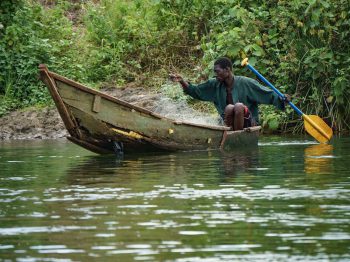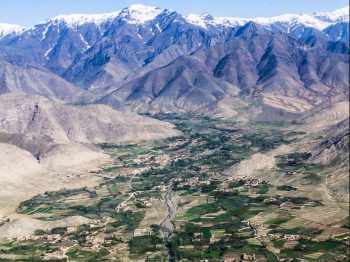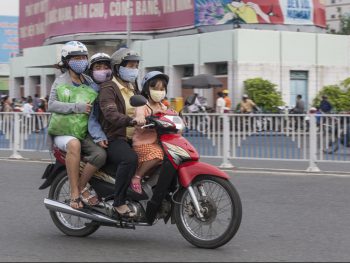Serious gaming for risk communication and engagement
In 2018, floods, wildfires, tsunamis, and other hazards were responsible for economic losses of US$225 billion and sadly also caused the deaths of more than 10,000 people. The UN International Strategy for Disaster Reduction’s Sendai Framework calls for substantially reducing disaster risk and building resilience at all levels by 2030. This is critical for achieving the UN Sustainable Development Goals.
Effective communication and engagement with citizens, businesses, and policymakers are key to helping stakeholders overcome the challenges they face in taking pro-active measures to reduce risk and enhance community resilience. One challenge is the complex nature of disaster risk, which is often embedded in “wicked” contexts where both the nature of the problem and the preferred solution are strongly contested. A related challenge is overcoming the public good nature of preventive measures – the “free rider” problem. These and many other challenges can be effectively understood and ultimately addressed with the use of serious games, which can provide a simulated real-world environment for experiential learning. In this way, participants learn about the complex structure of the problem at hand, including the social complexities of interactions among multiple stakeholders with conflicting agendas, problem frames, interests, and worldviews (wicked problems) [1].
IIASA researchers conducted the first comprehensive review of 45 non-commercial disaster-risk-management (DRM) games [2], which showed their potential in helping raise risk awareness, identifying hazards, undertaking preventive actions, triggering empathy and perspective-taking, and providing a rich social experience with players collaboratively approaching and solving problems. Some limitations identified in the review included difficulties in incorporating cultural diversity and gender equality, and the necessity of strong facilitating skills.
Building on this experience, the team designed its own user-tailored games. Examples include:
- A flood resilience game that helps practitioners experience, explore, and learn about flood risk and the resilience of communities in river valleys, and identify novel policies and strategies that improve flood resilience.
- The Narubu game of many voices, which engages participants to experience the inherent difficulties of framing and solving ‘wicked’ water resource and disaster issues, and the limitation on evidence-based decision making in a context of multi-stakeholders with diverse worldviews.
- Forest@Risk confronts players with the challenges of environmental disasters (earthquakes and floods) faced by vulnerable forest-dependent communities to explore and learn how to simultaneously manage multiple public and common goods, emphasizing the importance of internal agreements and trust.
- Players in the Nexus Game take on the roles of policymakers tackling interconnected water-food-energy nexus challenges in a transboundary setting under drought and flood risks.
IIASA carried out DRM game sessions across Africa, America, Asia, and Europe with participants from public and private sectors, international organizations, civil society organizations, and academia. The team is also piloting their use in real-world stakeholder engagement and knowledge co-production processes.
References
[1] Mochizuki J, Magnuszewski P, & Linnerooth-Bayer J (2018). Games for Aiding Stakeholder Deliberation on Nexus Policy Issues. In: Managing Water, Soil and Waste Resources to Achieve Sustainable Development Goals. Eds. Hulsmann, S. & Ardakanian, R., pp. 93-124 Cham, Switzerland: Springer.
[2] Solinska-Nowak A, Magnuszewski P, Curl M, French A, Keating A, Mochizuki J, Liu W, Mechler R, et al. (2018). An overview of serious games for disaster risk management – Prospects and limitations for informing actions to arrest increasing risk. International Journal of Disaster Risk Reduction 31: 1013-1029.







